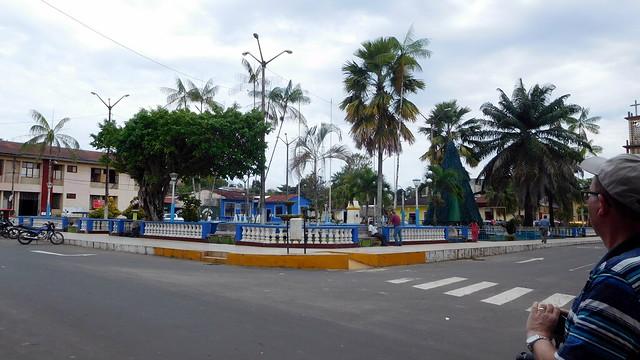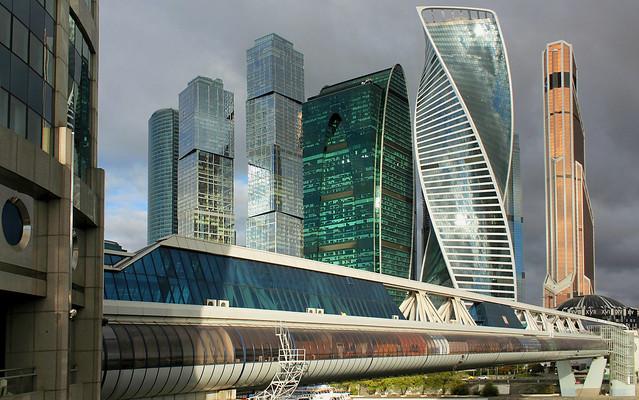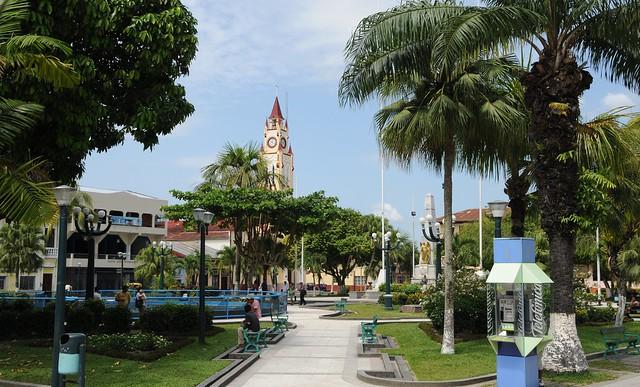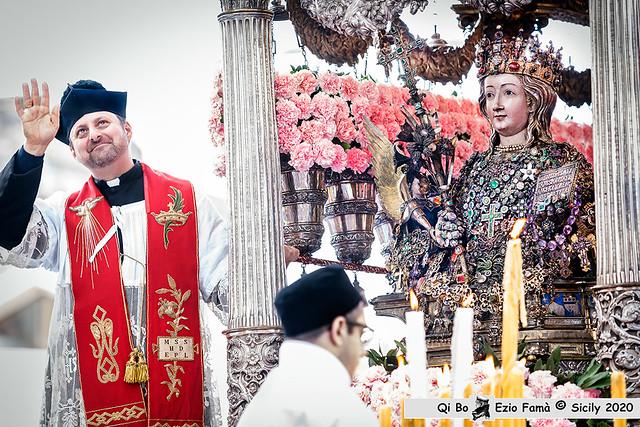
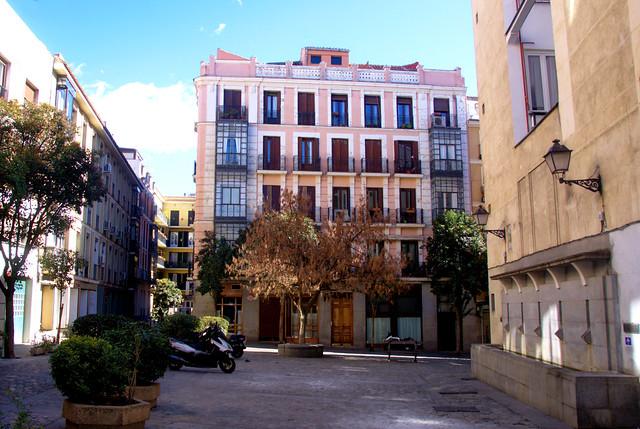
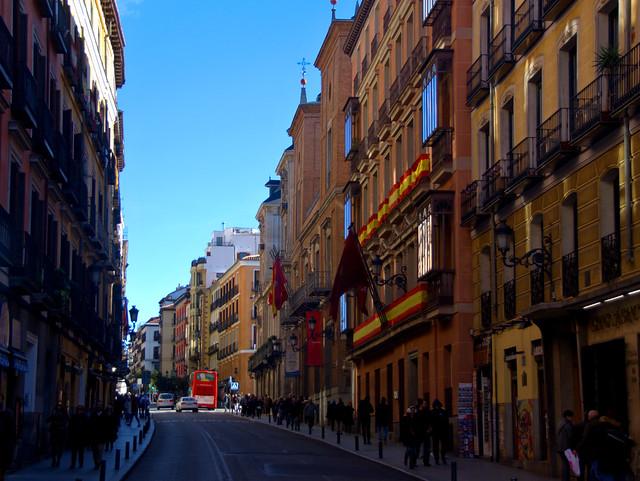
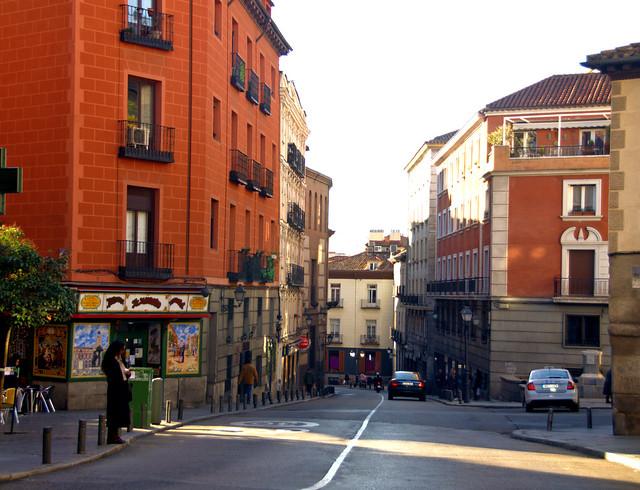
Olmos
Overview
Olmos: A Hidden Gem in Lambayeque
Nestled in the northern region of Peru, Olmos is a charming district in the Lambayeque province, often overlooked by tourists yet rich in cultural heritage and historical significance. This small town, with its quaint streets and friendly locals, offers an authentic glimpse into the everyday life of Peruvians away from the bustling tourist hotspots. The atmosphere here is relaxed and inviting, making it an ideal destination for travelers looking to escape the crowds and immerse themselves in local culture.
The local architecture reflects a blend of traditional Andean and colonial influences, with colorful adobe houses adorned with vibrant murals that tell stories of the region's history. The town square, or "plaza," serves as the heart of Olmos, where residents gather for festivities, markets, and social events. One can often witness traditional dances and music performances that celebrate the region's rich folklore, providing visitors with an opportunity to experience the vibrant cultural tapestry of the area.
Historical Significance
Olmos is steeped in history, with roots that trace back to the pre-Columbian era. The region is known for its archaeological sites, including ancient ruins that showcase the advanced civilizations that once thrived here. Among these sites, the remnants of the Olmec culture highlight the area's importance as a center for agriculture and trade. The historical significance of Olmos is further emphasized by the nearby archaeological complex of "Huaca de Los Reyes," which continues to be a subject of study for historians and archaeologists alike.
The town also bears witness to the impact of the Spanish conquest, with remnants of colonial architecture visible in its churches and municipal buildings. One of the most notable sites is the Church of San Juan Bautista, a beautiful example of colonial ecclesiastical architecture that serves as a focal point for religious gatherings and celebrations in the community.
Natural Beauty and Agriculture
Surrounding Olmos is a stunning landscape characterized by rolling hills, fertile valleys, and expansive agricultural fields. The region is known for its agricultural production, particularly sugarcane and cotton, which thrive in the warm climate. Visitors can explore the local farms and learn about traditional farming techniques, as well as participate in harvesting activities during the appropriate seasons. The agricultural richness of Olmos contributes not only to its economy but also to the local cuisine, which features fresh, locally sourced ingredients.
Those seeking outdoor adventure can enjoy hiking in the nearby hills or exploring the natural beauty of the Lambayeque region. The landscape is dotted with picturesque viewpoints, offering breathtaking views of the surrounding countryside and making it a perfect spot for photography enthusiasts.
Local Gastronomy and Festivals
Culinary experiences in Olmos are a highlight for any traveler. The local gastronomy is a delightful fusion of coastal and Andean flavors, featuring dishes such as "seco de cabrito" (a slow-cooked goat stew) and "arroz con pollo" (chicken with rice), often accompanied by traditional drinks like "chicha de jora," a fermented corn beverage. Street vendors and family-run eateries provide a chance to taste authentic Peruvian cuisine in a warm and inviting atmosphere.
Throughout the year, Olmos hosts various festivals that celebrate its rich cultural heritage. One of the most important is the Festival of San Juan, where locals gather to honor their patron saint with colorful parades, music, dancing, and communal feasting. These events offer travelers a unique opportunity to engage with the community and witness the lively spirit of the local culture.
Olmos is more than just a destination; it is a vibrant community where history, culture, and nature intertwine, making it a worthwhile stop for anyone looking to experience the true essence of Peru.
Other towns or cities you may like in Peru
Explore other cities that share similar charm and attractions.



